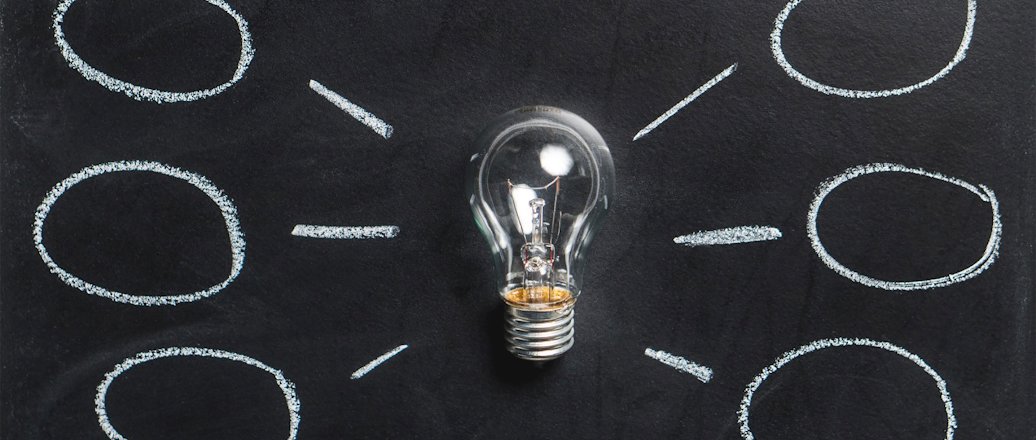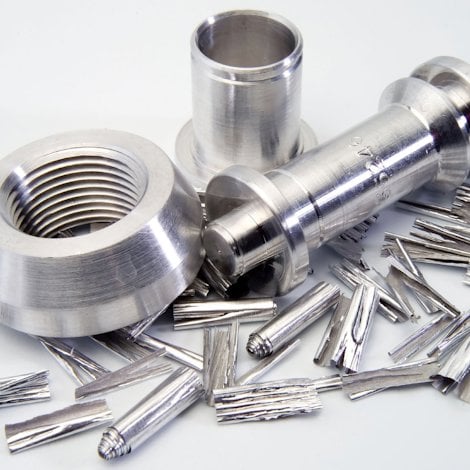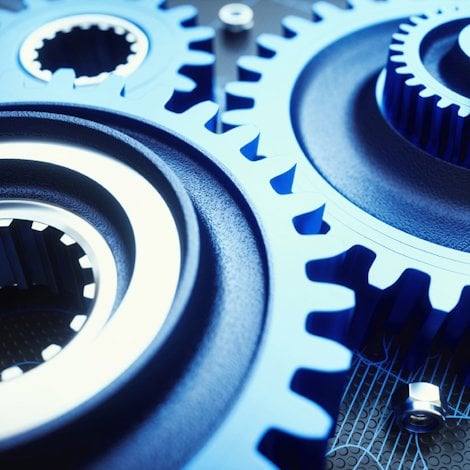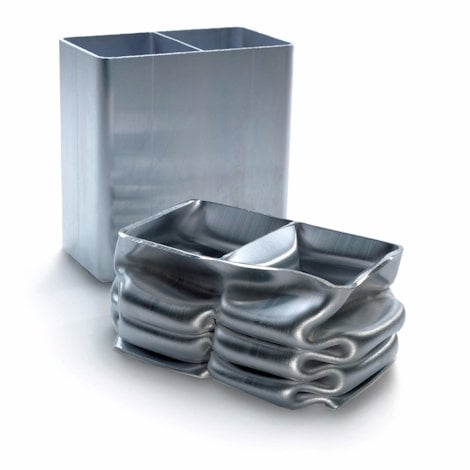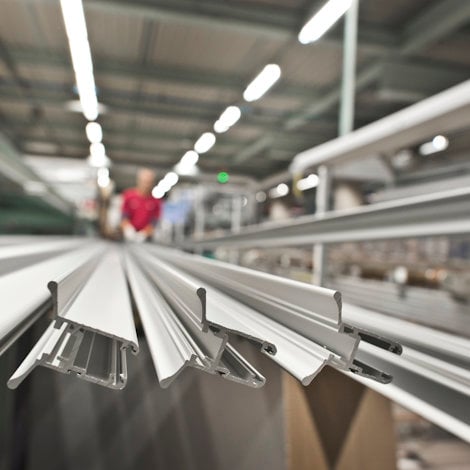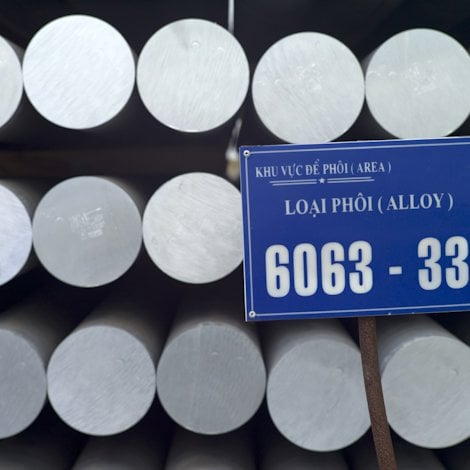How you as a designer can influence costs
You as product designer can influence the costs of your aluminium product. Here are the factors you need to consider.
1. Aluminium alloy
You need to choose the right aluminium alloy for an extruded product. But before you choose, you should consider the needs of the actual product. These include strength, surface quality, corrosion resistance, machining ability, weldability and economics.
Highly alloyed grades of aluminium are both more expensive and more difficult to extrude. You should therefore avoid choosing an alloy that is stronger than required. It is sometimes more cost-effective to increase dimensions and extrude the profile in a slightly softer, but more easily extruded, alloy.
2. Profile design
You should take advantage of aluminium’s potential to integrate functions and simplify the profile as much as possible.
3. Weight per meter
Carefully considered design can reduce weight per meter, which often lowers costs.
It is sometimes more cost-effective to increase dimensions and extrude the profile with slightly more wall thickness, due to better tolerances and because it is easier to extrude.
4. Surface class
The choice of surface class affects price. The finer the surface, the higher the production cost. Think carefully about which surfaces really need to be classified as visible.
5. Tolerances
Tight tolerances decrease productivity, which leads to higher production costs. So only use high tolerances where they are essential for the functionality of the profile.
6. Surface treatment
Choosing the right surface treatment has an impact on appearance, functionality and durability.
Machining at the design stage, it is important to design the profile so that it requires minimal subsequent machining. Extrusion provides many possibilities for integrating functions into the profile.
Careful choice of machining also has an impact on the final price of the product. Factors include tolerances, deburring, and whether to machine before or after surface treatment, depending on the surface requirement of the end product.
7. Recycling
Recycling aluminium uses relatively little power. You should also remember that bolted joints and other solutions that use materials other than aluminium, could complicate recycling.

